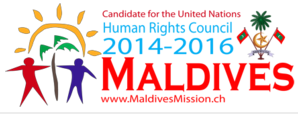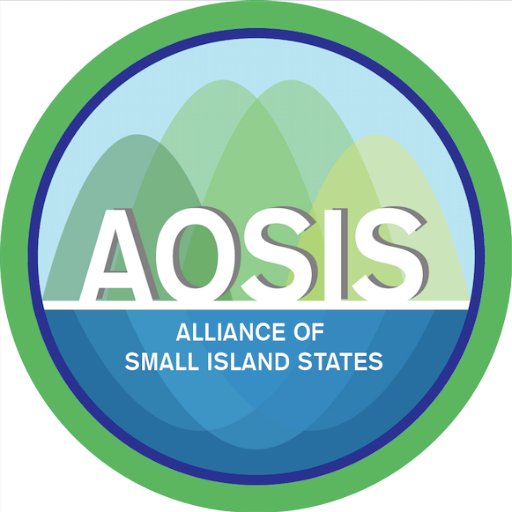Private High Level Dialogue on Maintaining Ambiton on the Road to 2030
Event Organised by UN Foundation
Briefing and Talking Points for His Excellency Thoriq Ibrahim
Minister of Environment and Energy
New York, 18 July 2016
The Maldives welcomes the opportunity to openly discuss the High Level Political Forum and identify opportunities to increase its utility and contribution to implementation of the Sustainable Development Goals.
What would define a successful HLPF? It may mean different things for different people. But I think we what we can agree on is that the HLPF should be the space to share experiences of various stakeholders in a meaningful way, and to learn from each other. It is important that everyone who attends takes something away, something that can be applied, something that can used in their respective countries and contexts. It is therefore critical that the HLPF provides real space for interaction and concrete solutions, not merely serve as another repetitive talk shop.
This would mean genuine and frank conversations about what works and what doesnt. And about matching challenges to opportunities. It could potentially provide space for matchmaking, especially on commitments for financing or other means of implementation, the space to cultivate new partnerships, and support opportunities.
We also believe that the HLPF can provide avenues for engagement of those that are not at the HLPF. One way of doing this is through social media and a web-interface. Both of which have been done well this time around. We need to generate more "hits" on these.
In terms of advocacy, a challenge has been to engage the media. Our experience on climate change comparably has been different: it is easier to get major newspapers and editors interested in stories on climate change, but not on sustainable development. Perhaps all the talk and high tension of climate negotiations are more attractive. But sustainable development are "bread and butter" issues and the media starts to pay more attention. We could start focusing more attention on this function to ensure a more successful HLPF.
For the first critical years of the HLPF, we need to focus on incentivizing investments in the SDGs.
We welcome the reference to data as many Small Island Development States (SIDS) lack baseline data for many of the sustainable development goals, preventing thoughtful preparation, policy and action on these issues. This could be one area for incentivising investment.
We need to know where we are to know where to go from now on. This is why we focus so much on data and statistics. The lack of this capacity in SIDS data also means that statistics from our countries are often not counted in global studies because we don't have anything to contribute. And this means SIDS are completely left out of some global conversations.
When we did an indicative study on the indicators in the Maldives for example, we found that for close to 50% of the indicators, we don't have data or that we need to do more work for. This is a challenge as there is an acute human capacity challenge.
Another thing that could be done nationally is to localise the Agenda. Perhaps instead of figuring out how the SDGs could fit into the national plans, it is more important to figure out how existing development plans and projects serve the SDGs. We don't need to reinvent the wheel. Our countries have been doing ambitious sustainable development projects and carrying out plans before 2015 and therefore this is not entirely new. This is the approach we will be taking.
Background
Objectives: Brainstorm the impact of the HLPF on implementation of the SDGs in the medium-term (not just this year or over the next few months) and how we build political momentum toward the 2019 HLPF when Heads of State and Government will come to UNGA to review progress. Foster a sense of commitment and collective purpose among SDG champions and first-movers who can then encourage others to act.
First, participants will discuss their vision of success for the gatherings of the HLPF and what they hope to take home from the annual meetings to help advance progress and capitalize on the tools, resources and momentum the HLPF provides to catalyze action at national and regional levels.
Questions to be addressed: How would we define success for the annual High-Level Political Forum gatherings? What would you be looking for when you come to the annual HLPF and how can it impact implementation when you go home?
Second, the participants will reflect on 2019 as a medium-term milestone for the SDGs when Heads of State and Government will be expected to report on their progress and challenges so far in implementing the SDGs. Discussion will center on what needs to be done in the critical first three years of the SDGs when decisions about strategies, plans, programs and budgets will be made. These early decisions will determine the pathway for success – how much we achieve and on what timelines, for which populations and regions, and on what critical gaps.
Questions to be addressed are: How can the HLPF create incentives for action in next 3 critical years so that we get on the right path for success? How can we incentivize investments from now until 2019 to fill critical gaps, such as in data and ensuring we Leave No One Behind?



